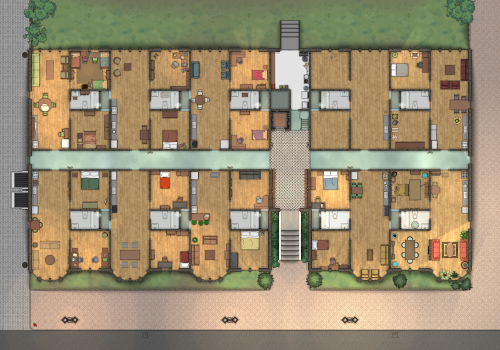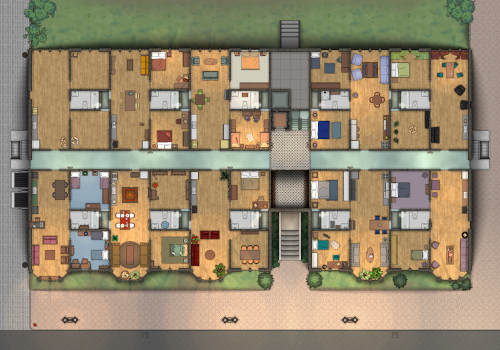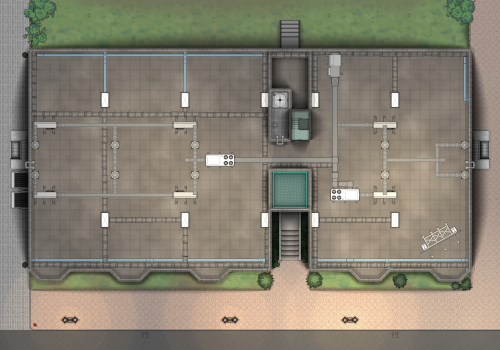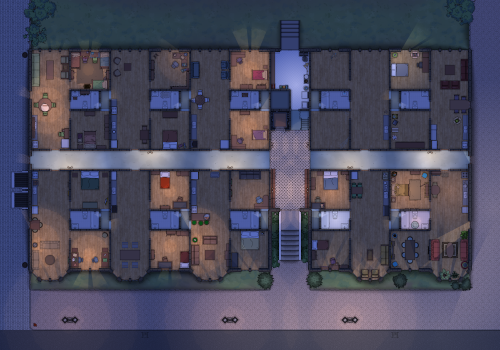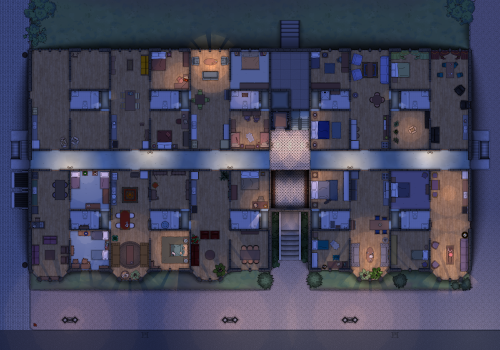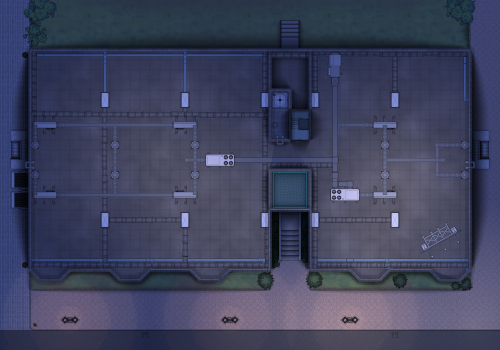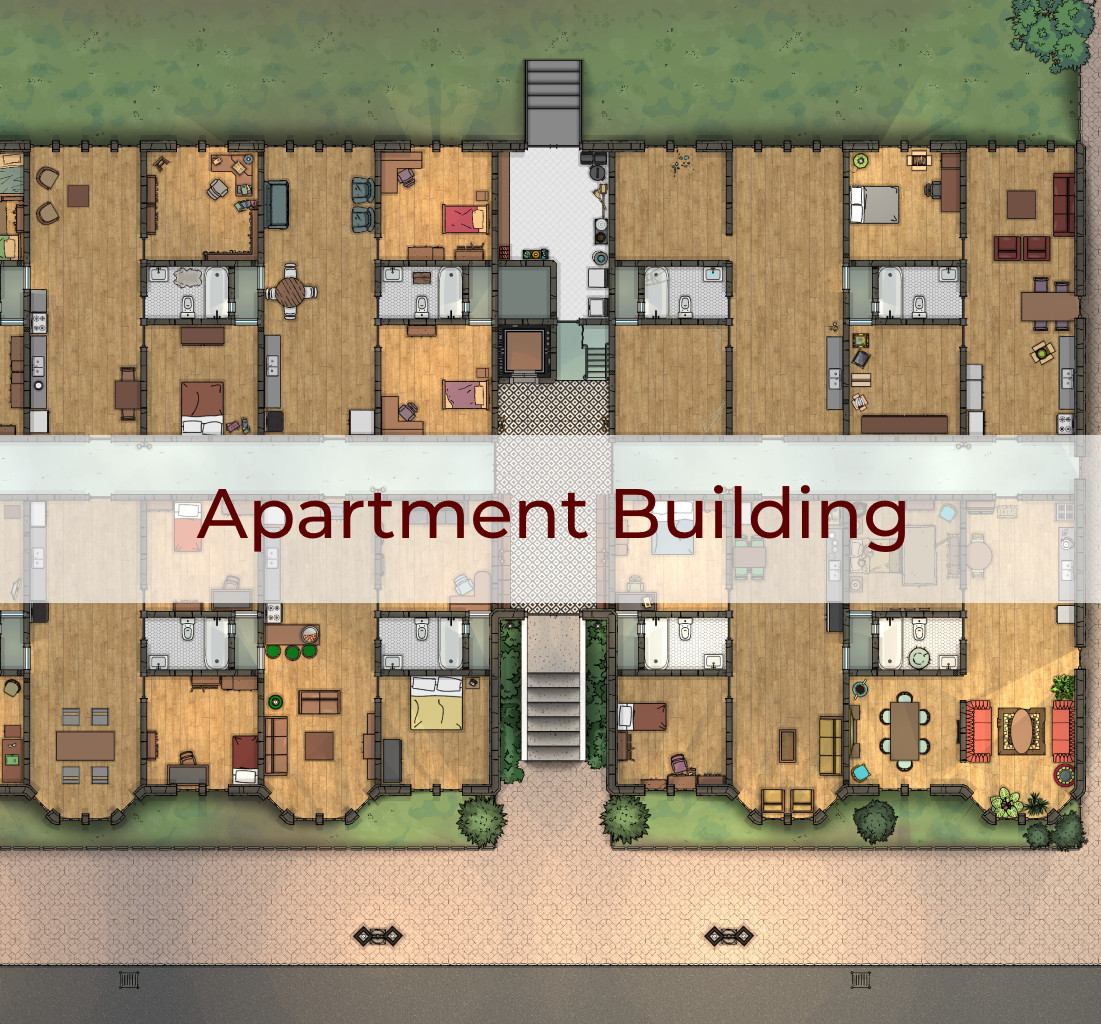Why do elevators stop at floors that don't exist? What's causing those Art Deco patterns to shift in the lobby marble? How do mail deliveries arrive for long-departed tenants? What makes the brass fixtures reflect impossible angles of the city, and why do the hallway carpets show footprints walking in circles when the building is empty?
Follow Cthulhu Architect on BlueSky!I installed a skylight in my apartment… the people who live above me are furious!
― Steven Wright
Margaret had always prided herself on finding the perfect apartment, but the Fifth Avenue building seemed too good to be true. Rent below market value, spacious rooms with high ceilings, and an address that would impress anyone. The doorman’s smile never quite reached his eyes when he handed her the keys.
The building’s elegant facade masked something rotten within. Tenants moved like sleepwalkers through the marbled lobby, their conversations dying mid-sentence when she approached. The elevator would sometimes stop at floors that weren’t marked on the panel, opening to reveal corridors that stretched impossibly long into darkness.
Mrs. Chen from 7B whispered warnings about the building’s true nature. “The architecture is wrong,” she insisted, her fingers tracing geometric patterns in the air. “Rooms that shouldn’t connect do. Spaces that should exist don’t. The building grows inward, Margaret. It feeds on the space between walls.”
Margaret began mapping the building obsessively, measuring distances that didn’t add up. Hallways led to apartments that occupied the same coordinates as her own kitchen. The stairwell between floors three and four contained seventeen steps going up, but only fifteen going down.
The revelation came when she found her own apartment key opened seventeen different doors. Each revealed a version of her life slightly askew---furniture arranged differently, photographs of people she’d never met, mail addressed to variations of her name. In one apartment, she found her own journal, written in handwriting that grew increasingly frantic.
The final entry, in her own distinctive script, read: “The building doesn’t just house its residents. It houses every possibility of who they could have been, every choice unmade, every path untaken. We are all here, Margaret. Every version of us. And now you understand why no one ever really leaves Fifth Avenue.”
